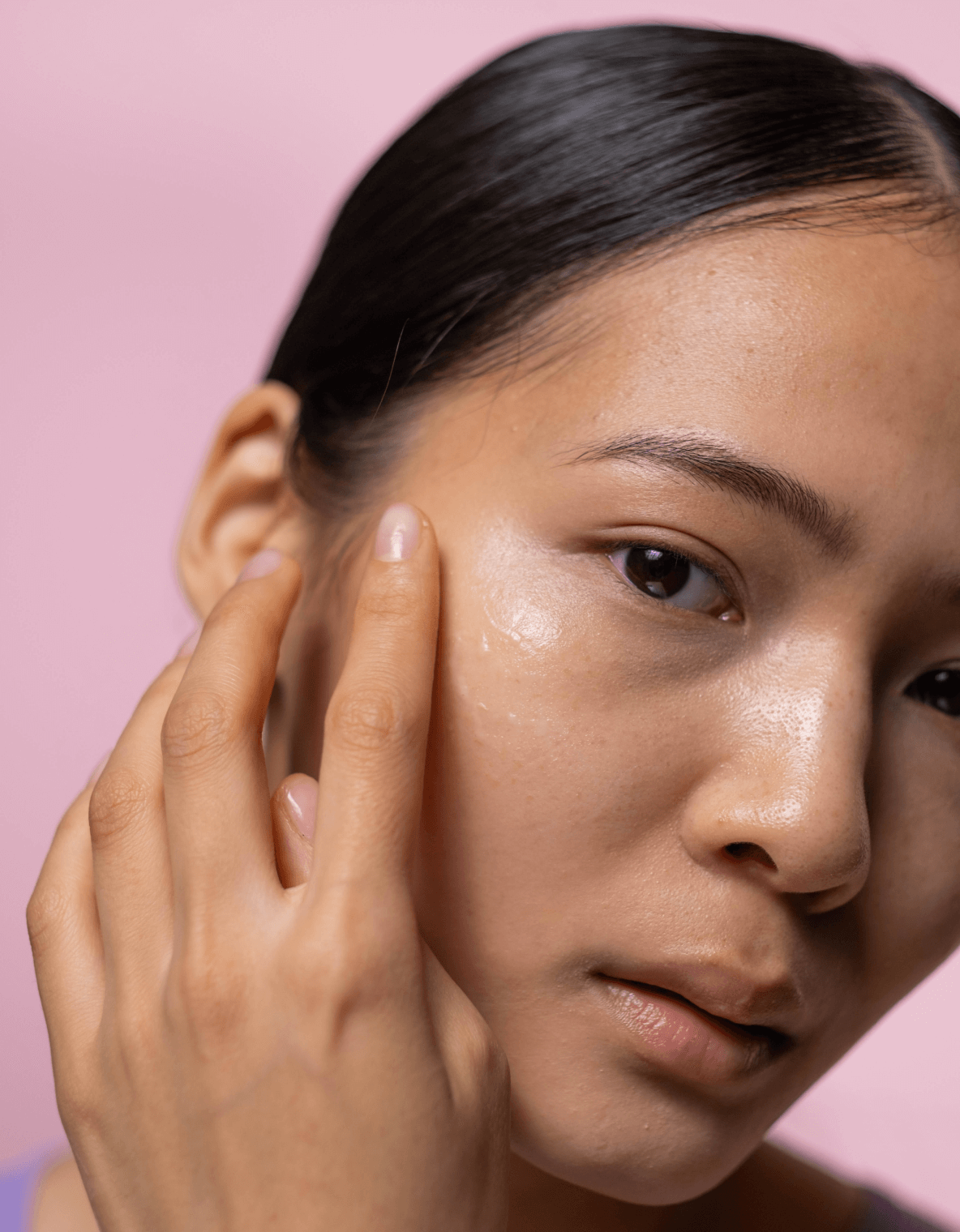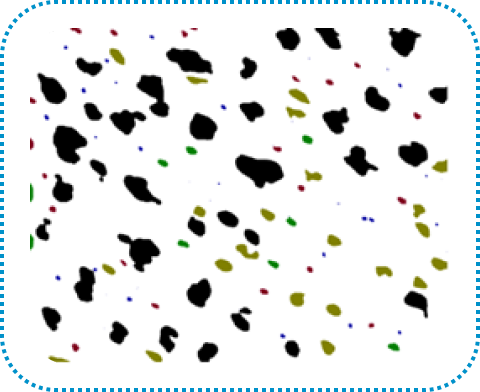Sebum production
Sebumis produced by sebaceous glands, which are distributed all over the skin except on the palms and soles of the feet. Sebum is secreted onto the skin and hair surface, where it plays a crucial role as a protectant by creating a thin film on the surface of stratum corneum and maintaining overall moisture balance. Sebum is a complex mix of lipids and consists of triglycerides, wax esters, cholesterol esters, squalene as well as free cholesterol and fatty acids.
Regulating sebum production is essential for maintaining balanced and healthy skin. Both excessive sebum production (seborrhea) and insufficient sebum production can lead to skin issues.
Seborrhea is usually associated with oily skin type and linked to genetic factors but may also happen in subjects with non-greasy skin in specific stages of life such as adolescents, post-menopausal (due to hormonal changes), or it can also be triggered by stress or medication.




